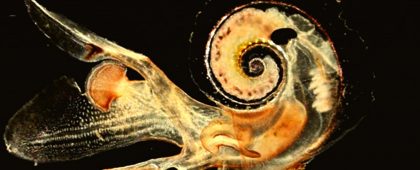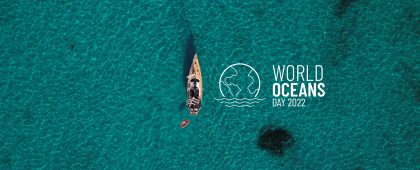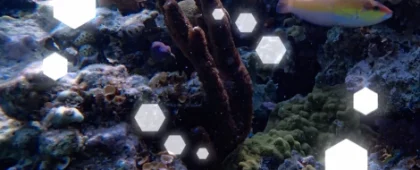Cigarette: a chemical bomb on the beaches
Do you know the difference between contamination and pollution? I didn’t know until I got in touch with Professor Dr Ítalo Braga de Castro, a biologist with a master’s and doctorate in Marine Sciences and deputy director of the Institute of the Sea at the Federal University of São Paulo.
From him I learned that contamination is the greater than normal presence of a certain substance in a certain environment, while pollution is any substance or energy that interferes with the environment when in contact. And this information is important because according to research by the Federal University of São Paulo, the beaches are being contaminated by cigarette butts!
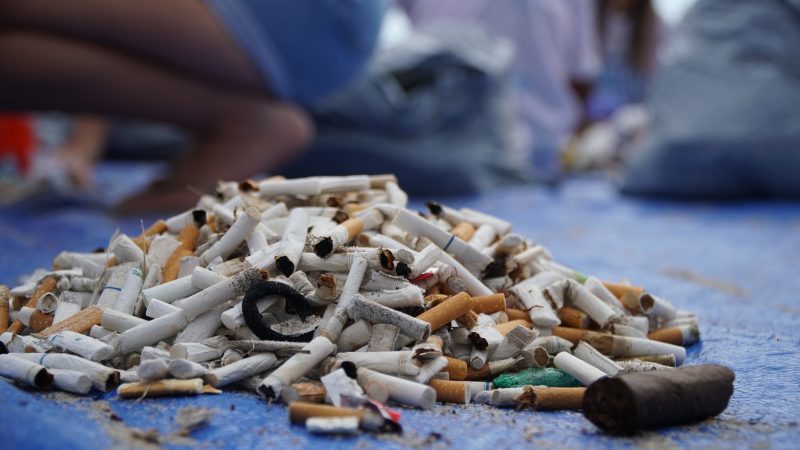
A single cigarette butt is capable of contaminating the equivalent of an Olympic-sized swimming pool of ocean water
I repeat to you the same question that the Professor asked me: How much cigarette butts is considered normal on the beaches? The answer is simple, ZERO.
Cigarette butts and their components are not common substances in this environment and this makes them great villains for the biome. A single butt is capable of contaminating the equivalent of an Olympic-sized swimming pool of ocean water.
It is important to note that it is not just contaminated salt water, several living beings are harmed by the toxins in cigarettes. Maybe you’ve already seen some photos of birds and other vertebrates ingesting the butts, but the problem goes far beyond them.
In an experiment, it was proved that the substances retained in the cigarette filter, when diluted in water populated by hedgehog larvae (model animals for research), can drastically reduce the fertility of the species and, depending on the level of dilution, cause the death of these organisms. . A curiosity is that these butts do not only affect the surfaces of the soil and water, but also the bottom of the oceans, since after 3 days in the water, the cigarette sinks. That is, the toxic substances from the cigarette butt reach the depths of the sea.
Perhaps you wonder how these substances, even in contact with water, do not disappear. The more technical ones can even cite hydrophobic substances. But this is where microplastic comes in!
The plastic present in the environment does not decompose until it disappears, in fact it degrades into microparticles, and these particles serve as transport for these chemical components, taking them even further and deeper, affecting so many other important organisms for the biome.
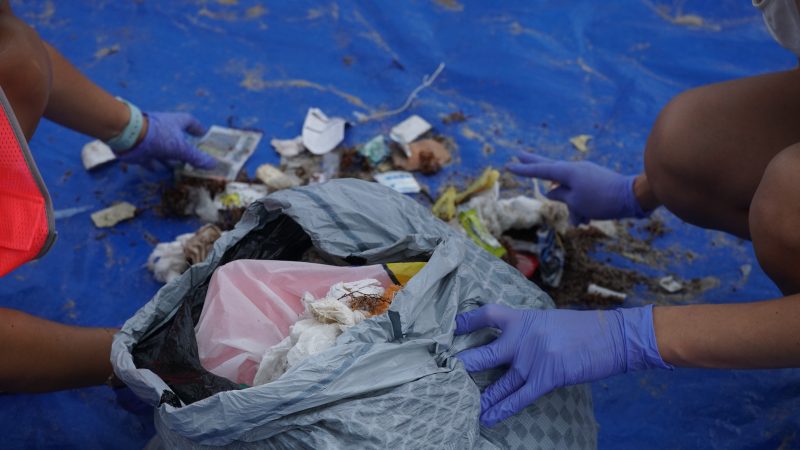
The problem is serious, cigarette butts represent 30 to 40 percent of the garbage on the beaches of Santos, for example. And there are no public policies aimed at collection or conscious disposal.
According to Professor Ítalo, environmental campaigns aimed at smokers, raising environmental awareness, could be the beginning of a solution. Not interrupting what we already have related to public health, messages that also focus on the consequences for the environment in the irregular disposal of this product, can indeed change the situation on the beaches.
At an economic level, the possibility of having reverse logistics can represent a positive impact. From company subsidies for the collection of this garbage, to appropriate disposal points. This strategy is nothing new in Brazil, where it already applies to batteries and medicine packaging, for example. Of course, such a public policy would affect the value of the product, but it would be no different from countries in Europe or the United States, which already charge a high price per pack of cigarettes.

In addition to following us, also follow some great partners, such as the NGO Poiatorecicla, which does an incredible job cleaning beaches, and has even participated in a great action here at Voz dos Oceanos, and also stay tuned for the Bituca é Plastic photography contest, of the ACT.
By Yara Oliveira
Follow Us

